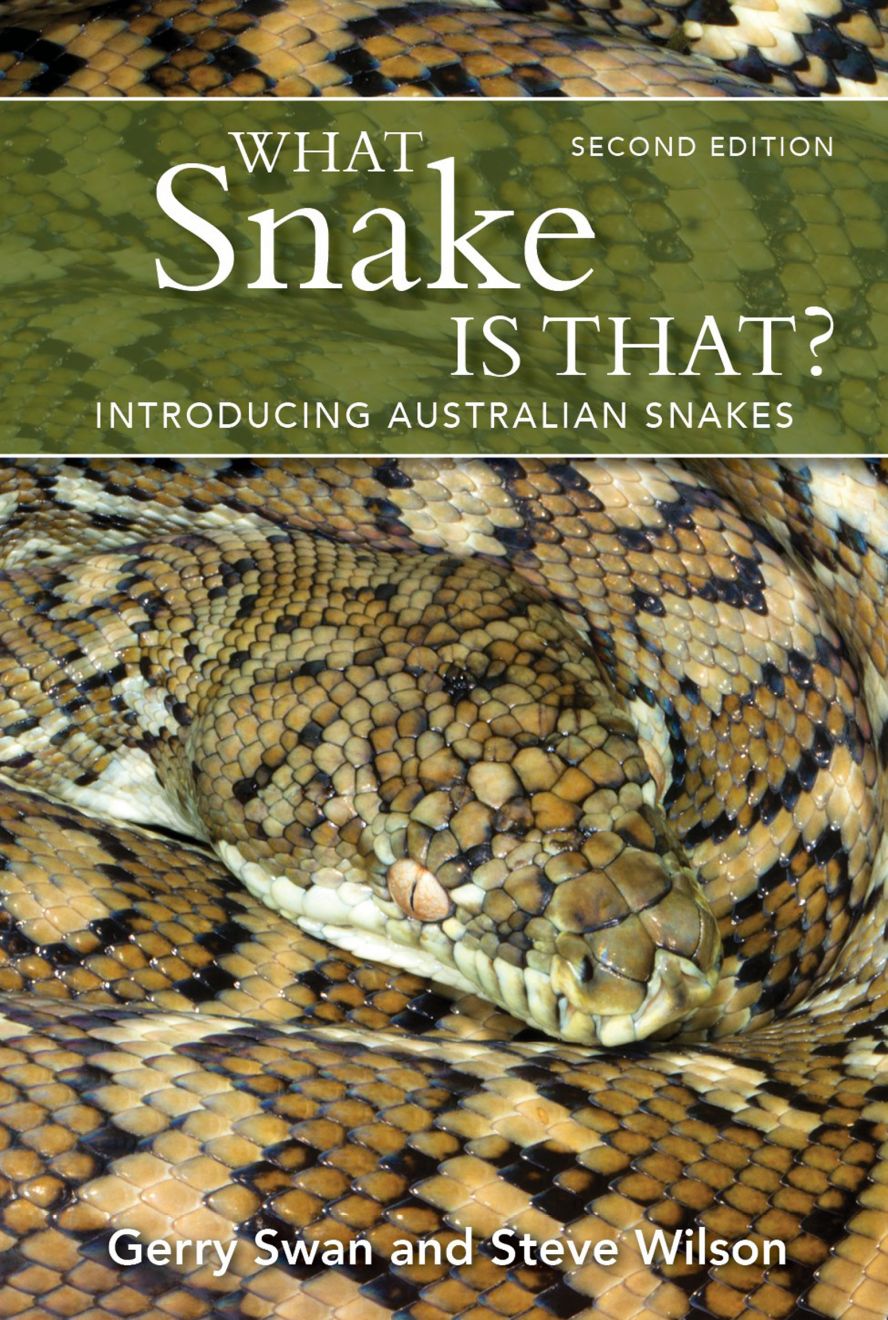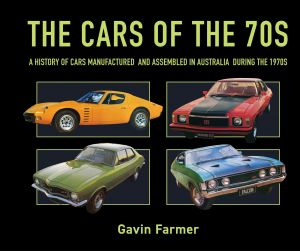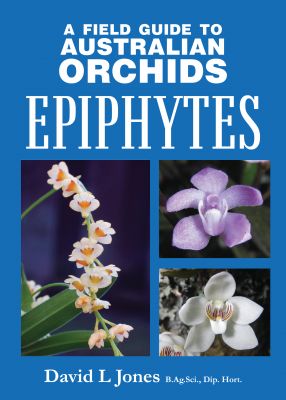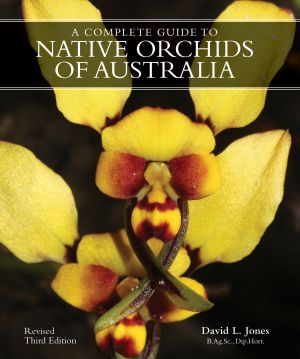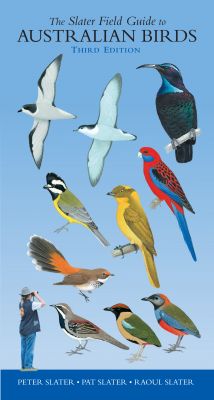What Snake is That?
introducing Australian snakes
| By | Gerry Swan and Steve Wilson |
|---|---|
| Format | Paperback / softback |
| Page Extent | 152 |
| Book Size | 245 x 165 mm |
| Imprint | Reed New Holland |
| Release Date | 15 Nov 2024 |
| Subject Classification | Biology, life sciences / Zoology & animal sciences / Zoology: Vertebrates / Reptiles |
From northern hotspots to the temper- ate areas of Tasmania, 'What Snake is That?' outlines more than 100 of the known Australian species, grouped according to their ecology, or behavioural traits.
From the secretive, burrowing blind snakes (Ramphotyphlops) to the swift, keen-eyed whipsnakes (Demansia) and the lethal taipans (Oxyuranus).
Scientific and common names are used along with identification features, and key species pointers are included.
Reptile experts and authors Gerry Swan and Steve Wilson have written an in- valuable resource for the enthusiastic amateur or keen naturalist who needs a quick reference guide to snakes.
Gerry Swan
Gerry kept geckos while at school and after moving to Australia from New Zealand in the 1960s a chance encounter with a blue tongue lizard rekindled his interest in reptiles. An Associate of the Australian Museum and past editor of the journal Herpetofauna, Gerry has written and co-authored more than 9 books about reptiles; including What Snake is That, What Lizard is That, and Complete Guide to Reptiles of Australia. He also works as a reptile consultant and has a particular interest in the reptiles of the arid and semi-arid regions of New South Wales.
Steve Wilson
Steve lifelong love affair with reptiles has taken him to some of Australia most remote places. For the past 30 years he has been working to compile a comprehensive photographic documentation of Australia reptiles. He has authored/co-authored more than 5 books, including A Field Guide to Reptiles, What Snake is That, and What Lizard is That and has written many magazine articles on reptiles. For the past 20 years Steve has worked at the Queensland Museum, educating the public, identifying their specimens and (hopefully) instilling a desire to conserve our unique biological heritage.

